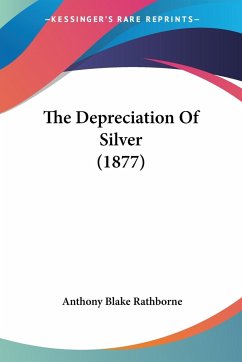Bacterial contamination poses a significant threat to global healthcare. In recent times, the effectiveness of antibacterial measures has come under scrutiny due to the resistance demonstrated by microorganisms against multiple antibacterial agents. The emergence of infectious diseases caused by various bacterial strains presents a serious risk to human health. Antibiotics have been widely utilized over the years to combat infections in both community and hospital settings (Marta et al., 2015). Unfortunately, many pathogenic bacteria have developed resistance to commonly used antibiotics. During the late 19th century, infectious diseases were a major cause of mortality until the discovery of antibiotics. The commercial production of the first antibiotic, Penicillin, began around 1940 (Huh et al., 2011). The late Victorian period witnessed several breakthroughs in understanding microbial antagonism, which refers to the ability of one microorganism to kill or inhibit the growth of another microorganism (Wainwright, 2008). The most renowned observation came in 1928 when Alexander Fleming discovered Penicillin, an antibiotic produced by Penicillium mold that was effective against Staphylococcus aureus. However, the widespread use of antibiotics as a common treatment for infectious diseases eventually led to the serious problem of antibiotic resistance. For instance, the extensive use of methicillin has resulted in the development of Methicillin Resistant Staphylococcus aureus (MRSA), which remains a major concern in hospitals (Guillemot, 1999). The use of third-generation antibiotics like Vancomycin and Cephalosporin has also given rise to new strains of Vancomycin-resistant Enterococcus. It has been observed that measures such as optimizing antibiotic use may not reduce the cases of antibiotic resistance in the future. Microbes are less likely to develop resistance against nanoparticles because they target a wide range of cellular components, requiring the microorganisms to simultaneously undergo multiple mutations for self-protection (Pal et al., 2007). Consequently, scientists have shifted their focus towards the development of antimicrobial agents that microorganisms are less likely to resist, leading to the emergence of metal oxide nanoparticles. The term "Nanotechnology" was first introduced by "Norio Taniguchi" in 1974. The National Nanotechnology Initiative (NNI) defines Nanotechnology as the utilization of nano-sized materials with at least one dimension in the nanometer range to construct devices and materials with significantly enhanced properties . Scientists associated with the NNI have devised novel methods for constructing structural materials that can be used to create smaller and stronger products and devices. Nanotechnology involves manufacturing at the nanometer scale, which is extremely small and operates at the molecular level to create structures and properties (Ashok Kumar et al., 2009). It has become a high priority in many countries and can be employed to modify materials at the nanoscale. Reducing particle size can alter the physical and structural properties of nanomaterials. Nanostructures have been developed to enhance various physical properties, such as antimicrobial properties, water repellence, soil resistance, and antistatic properties.








